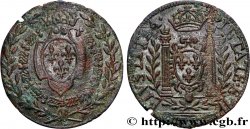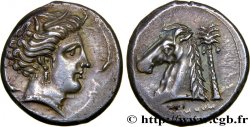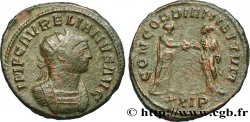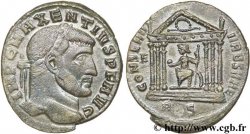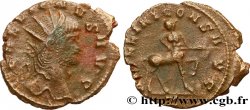Live auction - fme_1000834 - CHARLES IX Médaille, Charles IX par Antoine Brucher
You must signin and be an approved bidder to bid, LOGIN TO BID. Accounts are subject to approval and the approval process takes place within 48 hours. Do not wait until the day a sale closes to register. Clicking on "BID" constitutes acceptance of the terms of use of cgb.fr private live auctions.
Bids must be placed in whole Euro amounts only. The sale will start closing at the time stated on the item description; any bids received at the site after the closing time will not be executed. Transmission times may vary and bids could be rejected if you wait until the last second. For further information check the Live auction FAQ
All winning bids are subject to a 18% buyer’s fee.
All winning bids are subject to a 18% buyer’s fee.
| Estimate : | 150 € |
| Price : | no bid |
| Maximum bid : | no bid |
| End of the sale : | 24 June 2025 14:22:31 |
Type : Médaille, Charles IX par Antoine Brucher
Date: (1564)
Metal : copper
Diameter : 40 mm
Orientation dies : 12 h.
Weight : 30,49 g.
Edge : lisse
Puncheon : sans poinçon
Coments on the condition:
Patine hétérogène avec des taches d’oxydation. Présence de quelques concrétions vertes. Cassures des coins de frappe visibles à l’avers et au revers
Catalogue references :
Obverse
Obverse legend : CAROLO NON REGI PIISSIMO..
Obverse description : Buste lauré et cuirassé de profil à gauche, portant l’ordre de Saint Michel.
Obverse translation : Charles le neuvième, roi le plus pieux.
Reverse
Reverse legend : QVAS COLIT LILIA FIRMANT. // À L’EXERGUE : PIETAS. IVSTITA / .1564..
Reverse description : Deux allégories féminines (la Piété et la Justice)portant à bout de bras une couronne au-dessus d’un homme cuirassé assis sur un fauteuil. L’allégorie de gauche tient un livre tandis que celle de gauche tient une épée et une balance.
Reverse translation : Que les vertus qu’il cultive renforce les lis de la France.
Commentary
Bien que sans poinçon sur la tranche, la frappe semble être du XVIIIe siècle, voire début XIXe siècle.
Although without a hallmark on the edge, the strike appears to be from the 18th century, or even the beginning of the 19th century.
Although without a hallmark on the edge, the strike appears to be from the 18th century, or even the beginning of the 19th century.








 Report a mistake
Report a mistake Print the page
Print the page Share my selection
Share my selection Ask a question
Ask a question Consign / sell
Consign / sell
 Full data
Full data


